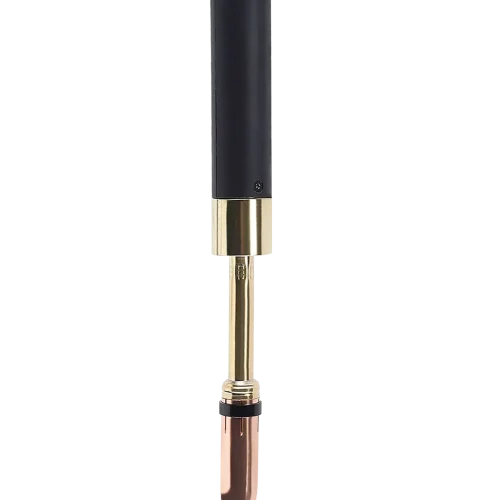Robotic welding torches have emerged as an asset in the manufacturing industry, transforming production lines and vastly improving efficiency. This technological marvel, not only accelerates manufacturing processes but also ensures high-quality, precision-oriented results.
A robotic welding torch primarily serves to automate what is traditionally a manual process. The torch’s function is very similar to a human welder; it heats and fuses metal pieces together. However, the advantage of using a robotic welding torch lies in its advanced programming capabilities. Irrespective of the repetitiveness or complexity of the task, the torch can execute any task to perfection. An operator programs the details of the job into the system – the materials involved, the welding process, and the precise location where the welding is to take place – and the robot takes it from there.
For instance, consider a production line of car bodies. In general, the structure consists of numerous components that need to be welded together. Through traditional methods, it requires an enormous amount of time along with skilled, experienced welders. But the robotic welding torch transforms this whole process. The operator feeds the welding specifics for different components into the system and the torch carries out the rest, replicating the process to precision for each car body.
The advantages that come with the use of a robotic welding torch are manifold. First and foremost, it significantly boosts production efficiency. As it operates with machine precision which eliminates errors, the production line suddenly becomes faster, smoother, and more reliable. This level of optimisation not only increases productivity but also reduces costs.
Secondly, the robotic welding torch promotes consistent and superior quality. Unlike humans, robots aren’t affected by fatigue or lapses in concentration, which means the quality of work is maintained throughout the production process. Whether it is the first weld of the day or the thousandth, the robotic welding torch ensures sublime accuracy and consistency.
Thirdly, it considerably improves overall safety. Welding can be a dangerous job involving high temperatures and potentially harmful gases. By using a robotic welding torch, companies can significantly reduce these risks, making the workplace safer for employees.
Finally, this tool offers an incredible amount of flexibility. Being programmable, it can switch between different types of welding processes, materials, and products as required, proving a valuable asset in industries with diverse requirements, from automotive to household appliances.
One might argue that it could lead to job losses, but on the flip side, it also opens up new job positions for those trained in robotics and automation, which is an ever-growing field.
In conclusion, the robotic welding torch presents an exciting tool for manufacturers, offering clear benefits in efficiency, quality, safety and flexibility. It represents a new wave of industrial technology, ready to revolutionise manufacturing worldwide. In the future, who knows what leaps and bounds we might see with the further improvement of tools like the robotic welding torch.

